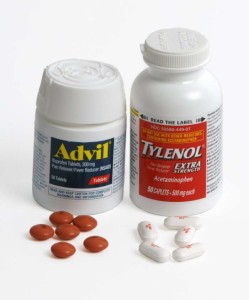Do parents have a favorite child?
Many children grow up with another sibling. In these families with multiple children, do parents have a favorite child or do they love their children equally?
Researchers from Pennsylvania State University conducted a study in which they interviewed 388 families once a year for three years. The families consisted of parents that were married who had two siblings that were four years apart or less. The parents were asked about how the children were doing academically and it was found that 48 percent of parents considered their oldest child most capable academically, whether or not the child was actually the smartest. 33% of the parents considered the youngest the most intelligent and 19% favored their children equally.
Jeffrey Kluger, author of “The Sibling Effect: What the Bonds Among Brothers and Sisters Reveal About Us”, says “It is my belief that 95 per cent of the parents in the world have a favourite child, and the other five per cent are lying.”
Since parents may lie when being interviewed or given a survey because they do not want to seem like they favor a child, researchers have found more findings by conducting observational studies.
British professors David Lawson and Ruth Mace published a study in which they watched 14,000 families. Their results showed that parents may actually have a favorite child. The younger siblings received less care and the older siblings were fed more. 65% of mothers and 70% of fathers showed that they preferred one child over the other.The older siblings also had higher IQ’s.
So why do parents seem to favor the first born child?
Researchers propose that it might be that the parents have higher expectations for the eldest child. Another theory is based on Darwinian logic and states that the firstborn is favored more because it absorbs a lot more parental time and energy. Parents would want to protect that invested time, and therefore devote more care to the firstborn. Parents may also favor the oldest child because a study by Brigham Young University found that parents perceive that the less-favored child to be twice as likely to use alcohol and drugs.
http://www.huffingtonpost.com/entry/parents-biased-toward-first-child_55a3d771e4b0b8145f730667
http://abcnews.go.com/Lifestyle/favorite-child-affect-sisters-brothers/story?id=30294681
http://mom.me/in-the-loop/7778-parents-really-do-have-favorite-child/
http://abcnews.go.com/Health/sibling-effect-parents-favorites-birth-order-counts/story?id=14627020
http://content.time.com/time/magazine/article/0,9171,2094371,00.html
http://www.telegraph.co.uk/women/mother-tongue/8943106/Why-all-parents-have-a-favourite-child.html




















